What if I told you that one of tech's most unlikely partnerships could be about to reshape the entire chip industry? That's exactly what's happening as reliable analyst Ming-Chi Kuo reveals that Intel is positioning itself to manufacture Apple's M-series processors starting in 2027. This isn't just another industry rumor—it represents a fundamental shift in how Apple approaches chip manufacturing and supply chain resilience.
The strategic significance becomes clear when you consider that Apple has already secured an exclusive agreement with Intel around the advanced 18A-P manufacturing process. This exclusive access transforms a simple manufacturing partnership into a cornerstone of Apple's long-term chip strategy, providing them with cutting-edge capabilities that even other Intel customers won't have access to initially.
Let's break down what this means for the computing landscape. We're looking at a partnership that could fundamentally alter the competitive dynamics between foundries, provide Apple with the supply chain diversification it desperately needs, and potentially resurrect Intel's foundry ambitions. The timing couldn't be more critical—with global semiconductor supply chains under increasing scrutiny and domestic manufacturing capabilities becoming a national priority.
The manufacturing revolution behind Apple's strategic shift
Here's what makes this partnership so compelling: Intel's 18A-P process represents a genuine technological leap forward. The 18A-P manufacturing node supports Foveros Direct 3D hybrid bonding, allowing multiple chip components to be stacked vertically, which opens up entirely new possibilities for chip design and performance optimization. We're talking about precision engineering that's frankly mind-boggling—Intel's hybrid bonding technology utilizes a pitch of less than 5 microns, delivering accuracy that rivals or exceeds current industry standards.
What's particularly interesting is how the 18A-P process has been optimized for power and voltage regimes, featuring tuned threshold voltages—exactly the kind of efficiency-focused engineering that Apple's mobile-first design philosophy demands. This precision matters because Apple's chips need to deliver high performance while maintaining the battery life that users expect from MacBooks and iPads.
This isn't Intel simply offering manufacturing capacity; it's Intel fundamentally rethinking its approach to align with Apple's design philosophy. The performance improvements are genuinely impressive: According to Intel, 18A's denser RibbonFet transistors account for more than a 15 percent increase in performance per watt, while backside power boosts transistor density by up to 30 percent. For Apple, these improvements translate directly into faster, more efficient chips that can deliver desktop-class performance in increasingly thin and light form factors.
Why Apple needs a manufacturing backup plan
Let's break down the strategic reasoning behind Apple's move. Currently, TSMC supplies the majority of Apple's M chips, creating a single point of failure that's increasingly problematic in today's geopolitical climate. Kuo stated that Apple needs a second advanced-node supplier to strengthen supply-chain resiliency, which makes perfect sense when you consider the concentration risk of having all your most critical components manufactured in a single geographic region.
The scale we're talking about here represents an ideal testing ground for this new partnership. Kuo projected annual shipments of 15–20 million units in 2026 and 2027, which provides meaningful volume for Intel to prove its capabilities without overwhelming their manufacturing capacity or disrupting Apple's primary production lines. This measured approach allows both companies to build confidence in the partnership gradually.
What's particularly clever about this approach is the product positioning. Kuo says that a new, more affordable MacBook might be on the horizon in 2026, one equipped with an iPhone-class CPU, suggesting that Intel will initially handle the entry-level segment while TSMC continues manufacturing the high-performance chips. This strategy serves as a perfect risk mitigation approach—Apple can test Intel's foundry capabilities on products where absolute cutting-edge performance is less critical, while maintaining their premium product lines with proven manufacturing partners.
What's smart about this approach is that even if Intel were to take over 20 million units on the budget end of the scale, TSMC would still be the main supplier for Apple, ensuring that this partnership complements rather than replaces Apple's existing relationships.
The geopolitical chess game
There's a much larger story playing out here that goes beyond simple business partnerships. Kuo emphasized the partnership aligns with U.S. industrial policy priorities, including 'Made in USA' initiatives, which in practical terms means Apple can tout domestic manufacturing capabilities while reducing dependence on foreign supply chains. These initiatives provide tax incentives, regulatory advantages, and strategic positioning that become increasingly valuable as semiconductor manufacturing becomes a national security priority.
This timing couldn't be more strategic as the broader tech industry grapples with supply chain concentration. Intel's 18A process node is seen as a potential hedge against geopolitical risks associated with manufacturing in Taiwan and South Korea, addressing concerns that have been building for years about the vulnerability of having critical technology infrastructure concentrated in geopolitically sensitive regions.
What makes this particularly interesting is how it positions both companies for the future. Intel's first consumer chips to come off the line at Fab 52 in Arizona will be the new Intel Core Ultra series 3 chips, formerly codenamed Panther Lake, demonstrating that Intel's domestic manufacturing capabilities are becoming increasingly sophisticated and ready for high-volume production. This proven track record with their own products provides Apple with confidence that Intel can handle their demanding manufacturing requirements.
The supply dynamics are creating real opportunities here as demand for chips produced on Intel's 18A node is rising, and the capacity of other foundries like TSMC and Samsung is limited, creating a supply bottleneck. Intel's manufacturing capacity in the United States could become increasingly valuable as companies seek alternatives to Asian foundries.
The timeline and what comes next
The execution timeline reveals just how carefully orchestrated this partnership really is. Apple expects Intel to deliver the updated PDK 1.0/1.1 in the first quarter of 2026, followed by Apple's production timeline targets Intel shipping the lowest-end M processor using the 18AP node as early as the second to third quarter of 2027.
Here's what's interesting about that timeline: it gives Intel plenty of time to prove out their 18A process with their own products first. Intel has begun clawing back production from TSMC with the introduction of its Panther Lake processors, the company's first chip based on its long-awaited 18A process tech, which means Apple will have real-world performance data and manufacturing reliability metrics before committing to high-volume production.
The forward-looking timeline becomes even more compelling when you consider Intel's roadmap evolution. Apple is keeping a close eye on Intel's long-anticipated 14A manufacturing process, as it could be used to make some M-series chips as soon as 2028. The Intel 14A process will incorporate second-generation RibbonFET and PowerDirect, representing a technological evolution that builds upon the 18A foundation to deliver even greater capabilities.
The performance trajectory is remarkable: comparing the 18A to the 14A, the newer manufacturing process is expected to achieve a 15-20% performance gain, a 30% improvement in transistor density, and 25% reduction in power consumption. These improvements could position Intel-manufactured Apple chips not just as backup options, but as genuinely competitive alternatives to TSMC's offerings. Mass production of Intel 14A is expected to begin in 2028, which means Apple could have access to truly cutting-edge manufacturing capabilities just as they're hitting their stride with Intel as a partner.
What this means for the future of computing
Here's the key takeaway: this partnership represents the convergence of technological capability, geopolitical necessity, and strategic diversification into a relationship that could reshape the semiconductor industry. Kuo viewed securing Apple's business as a milestone that could redefine confidence in Intel Foundry Services, and he's absolutely right. If Intel can successfully manufacture Apple's notoriously demanding chip designs, it sends a powerful signal to the entire industry about Intel's foundry capabilities.
Kuo said this win suggests Intel's worst period may be ending and opens the door for future Apple orders and business from other top-tier customers. This could be the proof point that Intel needs to establish itself as a credible alternative to TSMC for other major chip designers. Intel's success depends on whether its chips produced on the 18A fabrication node convince other major companies like AMD, Nvidia, Qualcomm, and Apple to manufacture their chips on Intel's nodes instead of TSMC's or Samsung's.
For Apple, this partnership provides exactly what they need: supply chain diversification without compromising on quality or innovation. If Apple taps Intel to manufacture its future M-series chips, this could make production cheaper, as TSMC wouldn't be the only company responsible for making Apple's best chips, creating healthy competition that benefits Apple's bottom line and strategic flexibility.
The implications extend far beyond these two companies. We're witnessing the early stages of a fundamental restructuring of the global semiconductor industry, with domestic manufacturing capabilities becoming increasingly important for both economic and security reasons. The fact that this partnership aligns with broader geopolitical trends suggests it's more than just a business decision—it's a strategic response to a changing world where supply chain resilience matters as much as cutting-edge performance.
Intel's return to Apple computers in 2027 might just be the beginning of a much larger transformation. We're looking at the potential for a more distributed, resilient semiconductor manufacturing ecosystem that doesn't rely so heavily on a single geographic region or company. That's good for innovation, good for competition, and good for the long-term health of the tech industry.




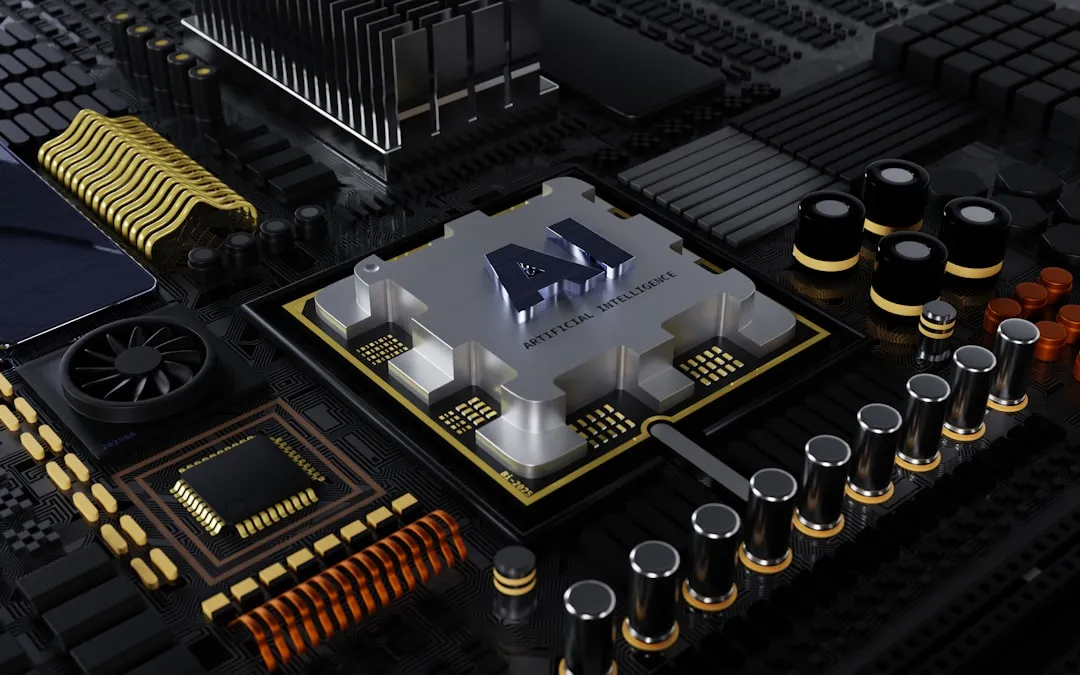
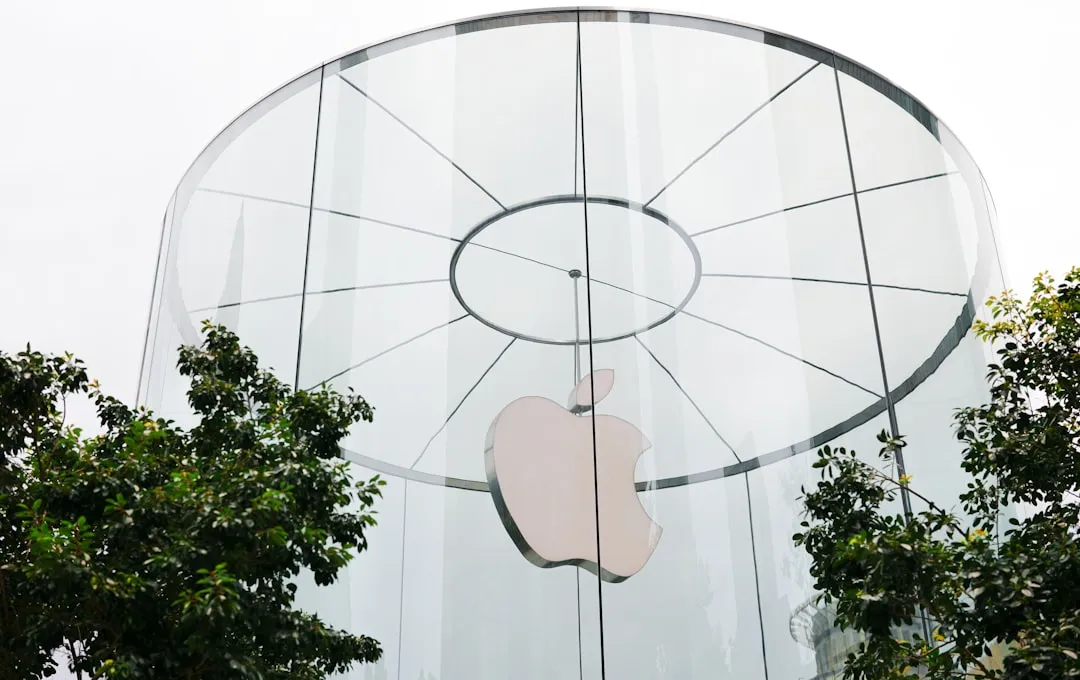

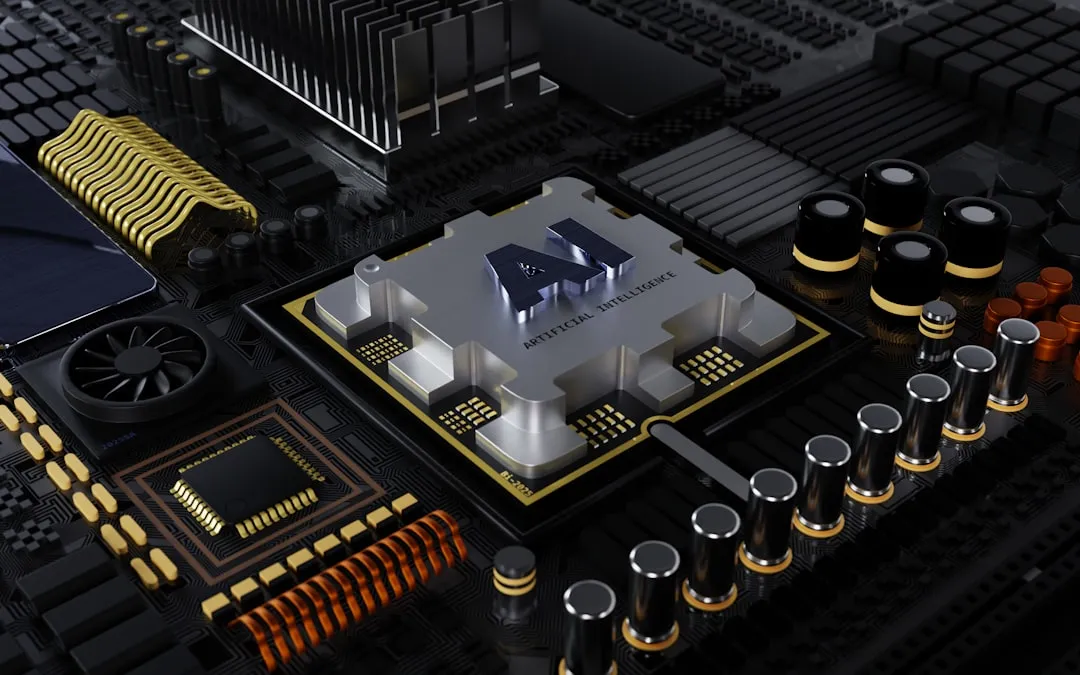
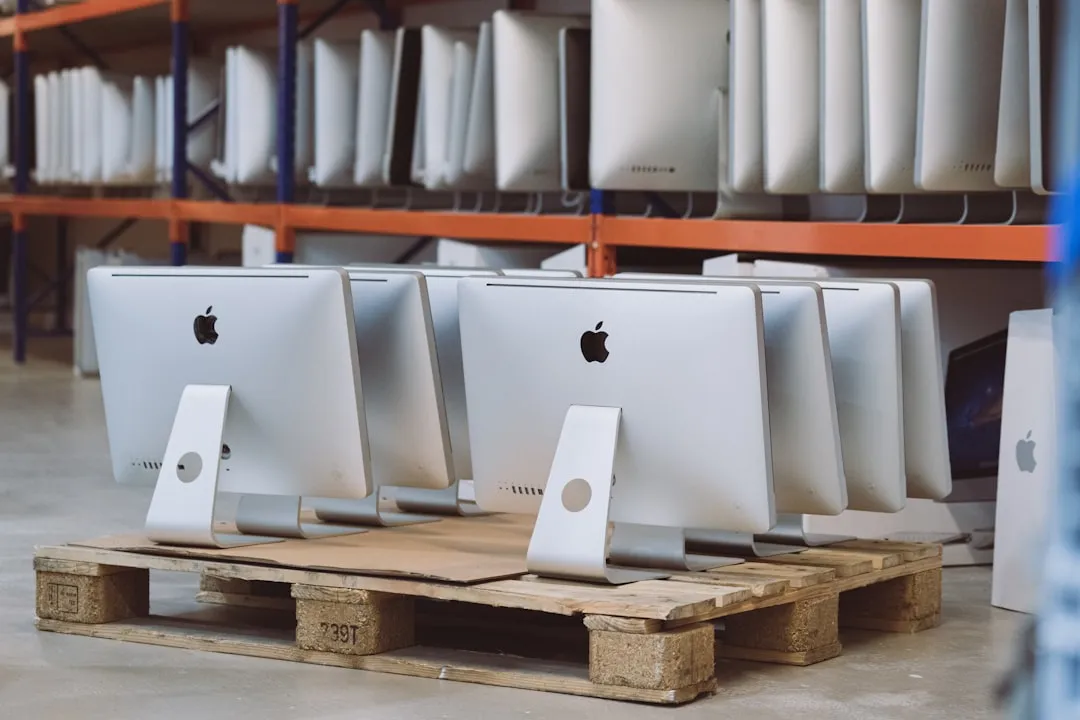



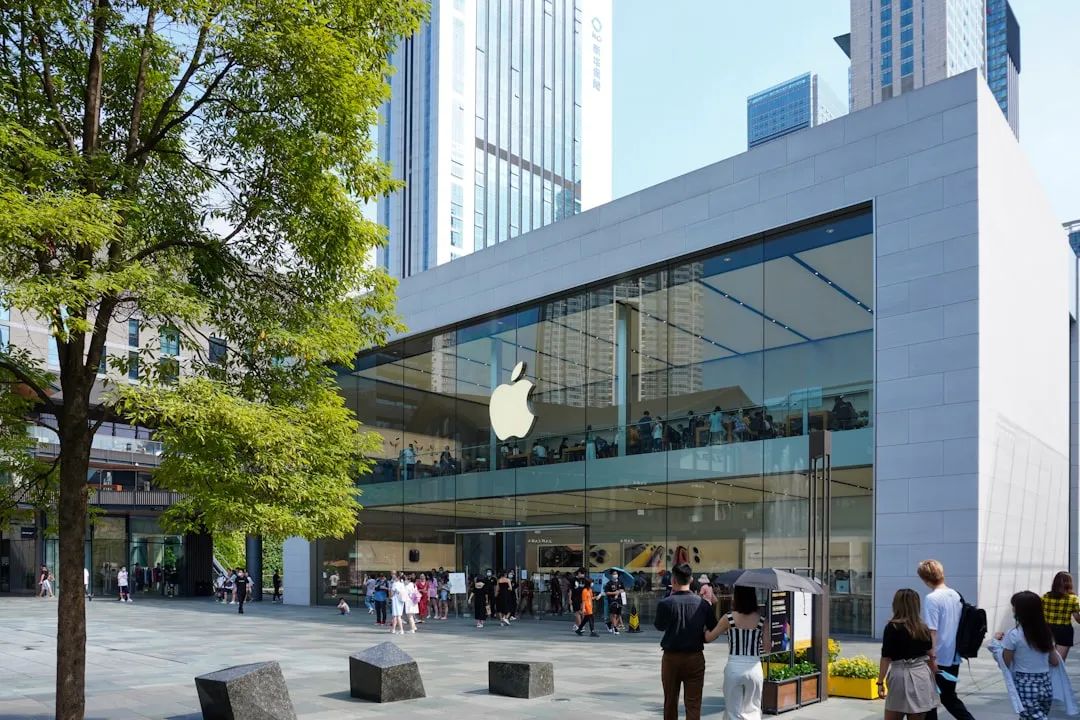

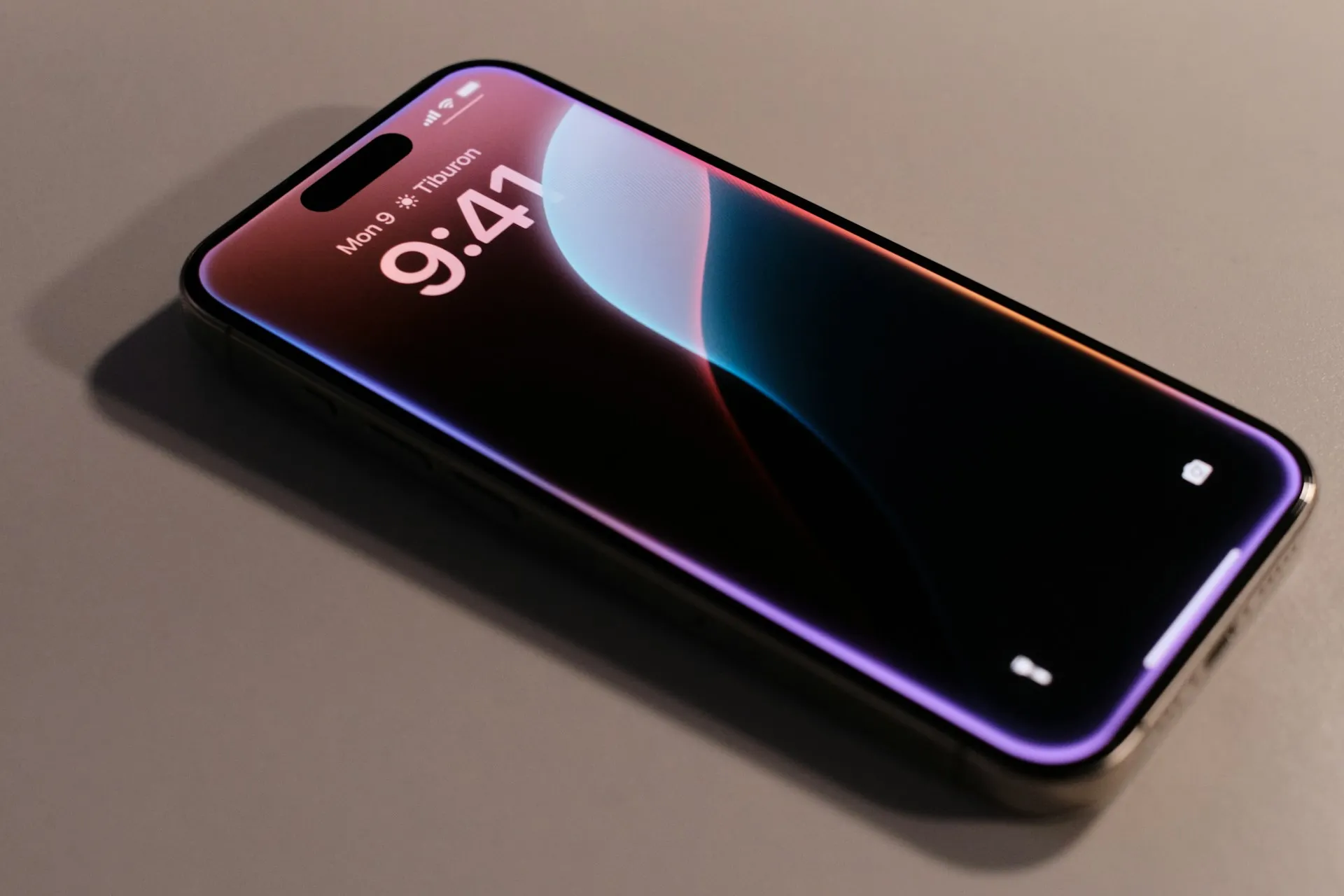
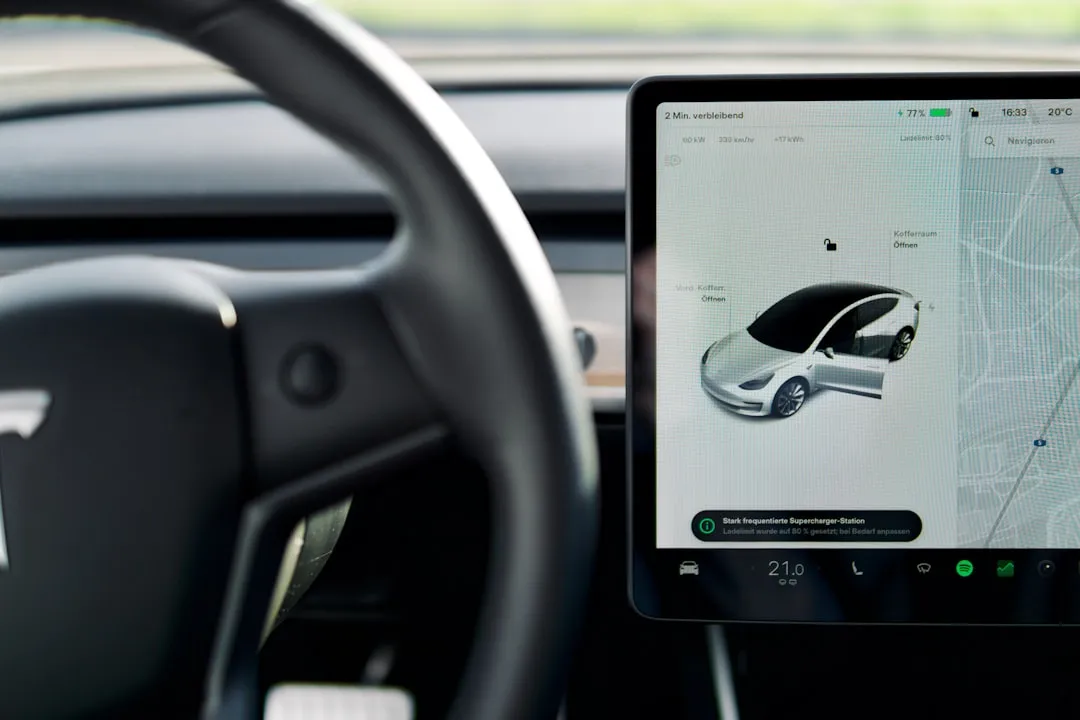





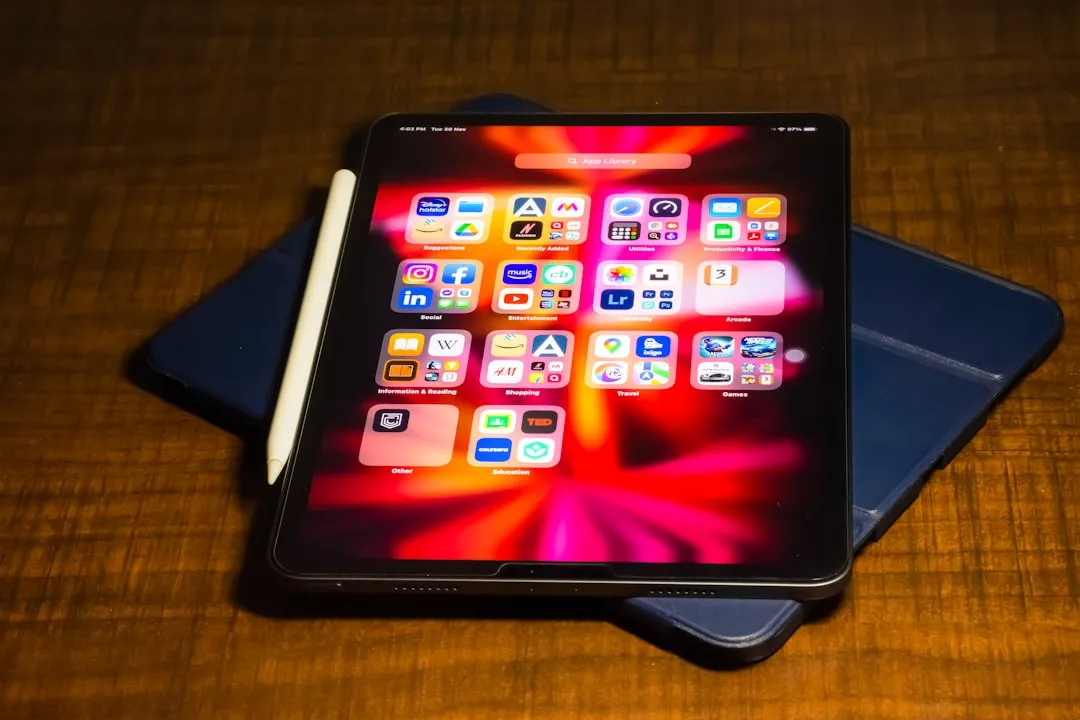

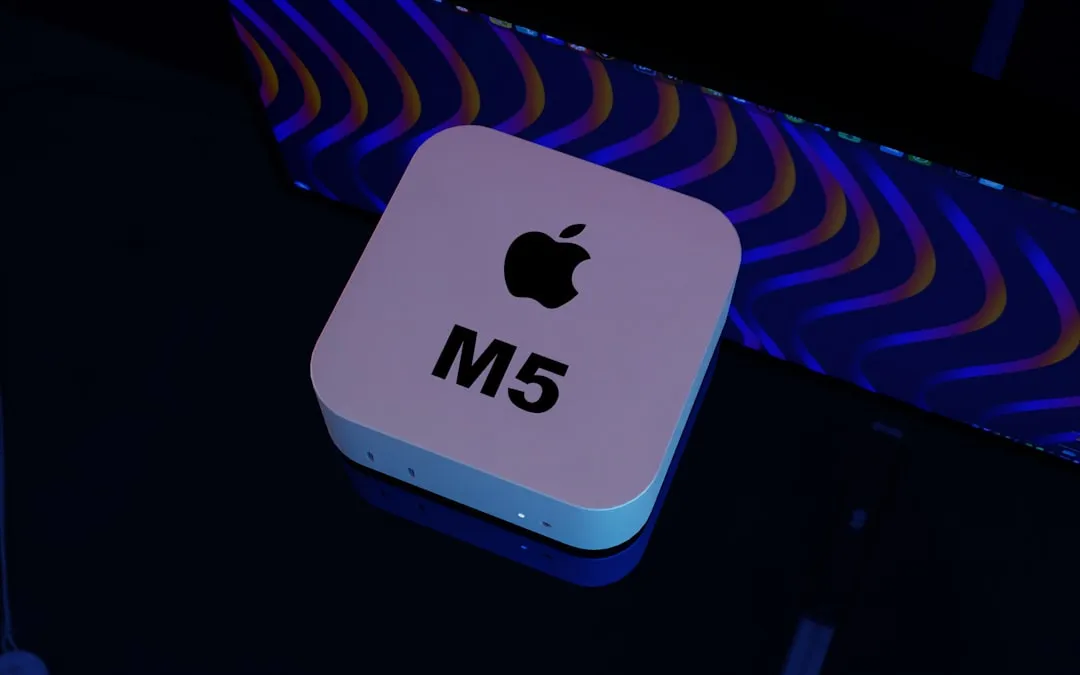
Comments
Be the first, drop a comment!